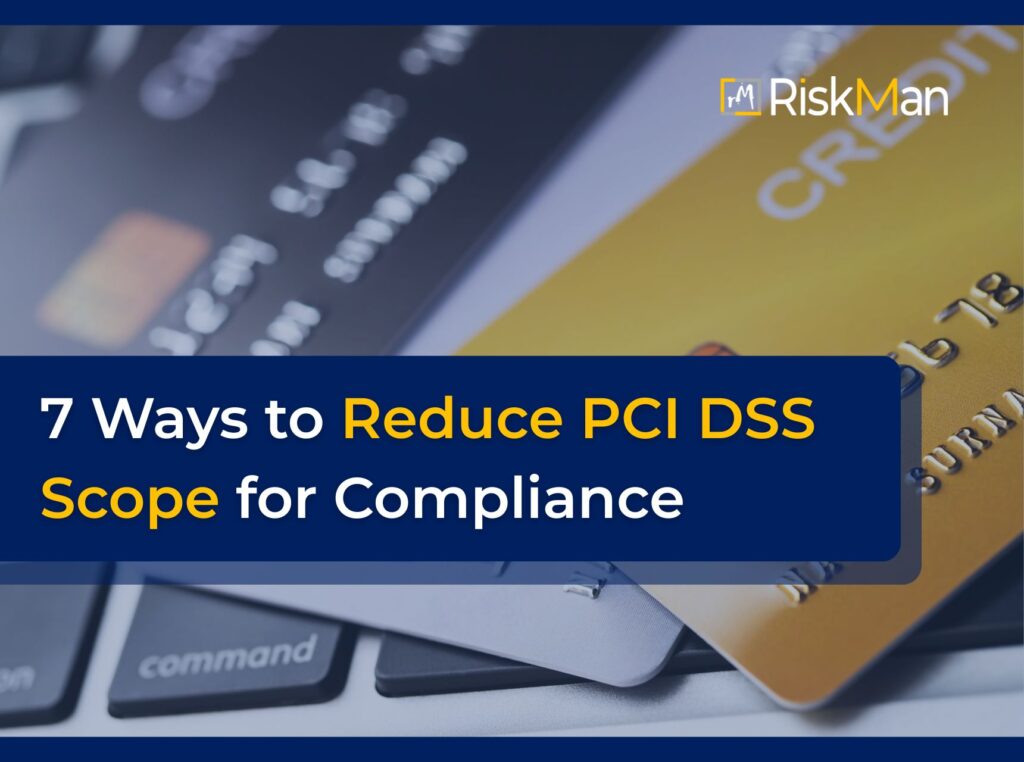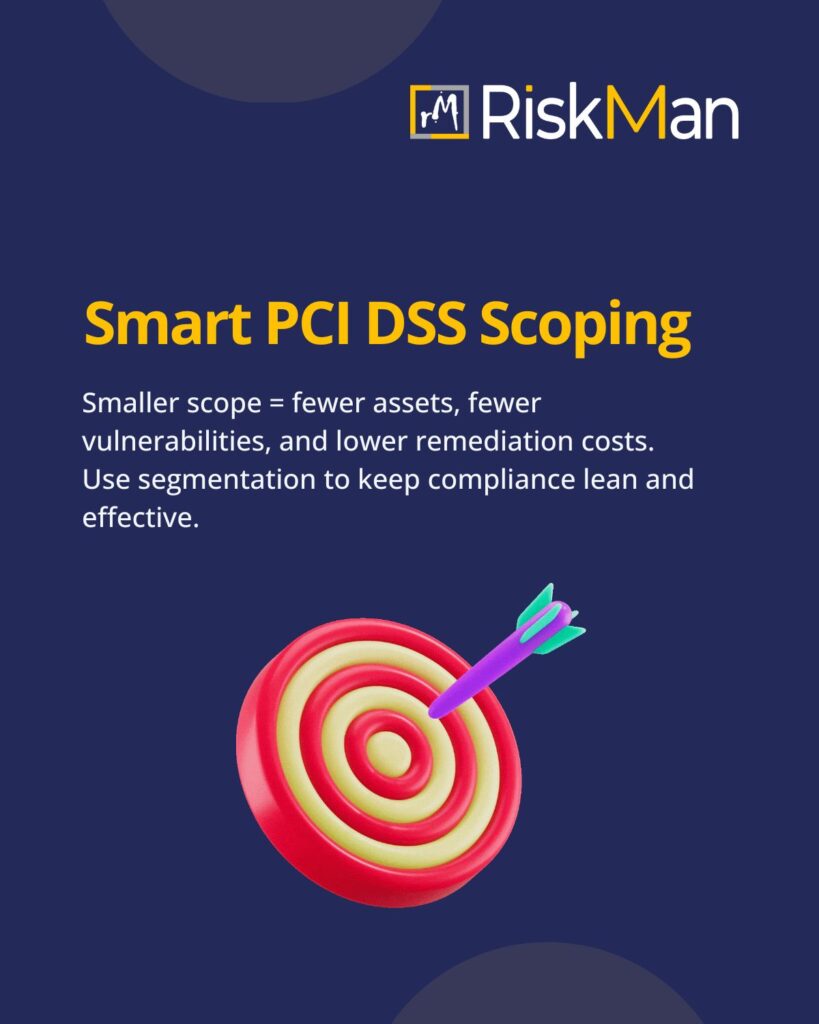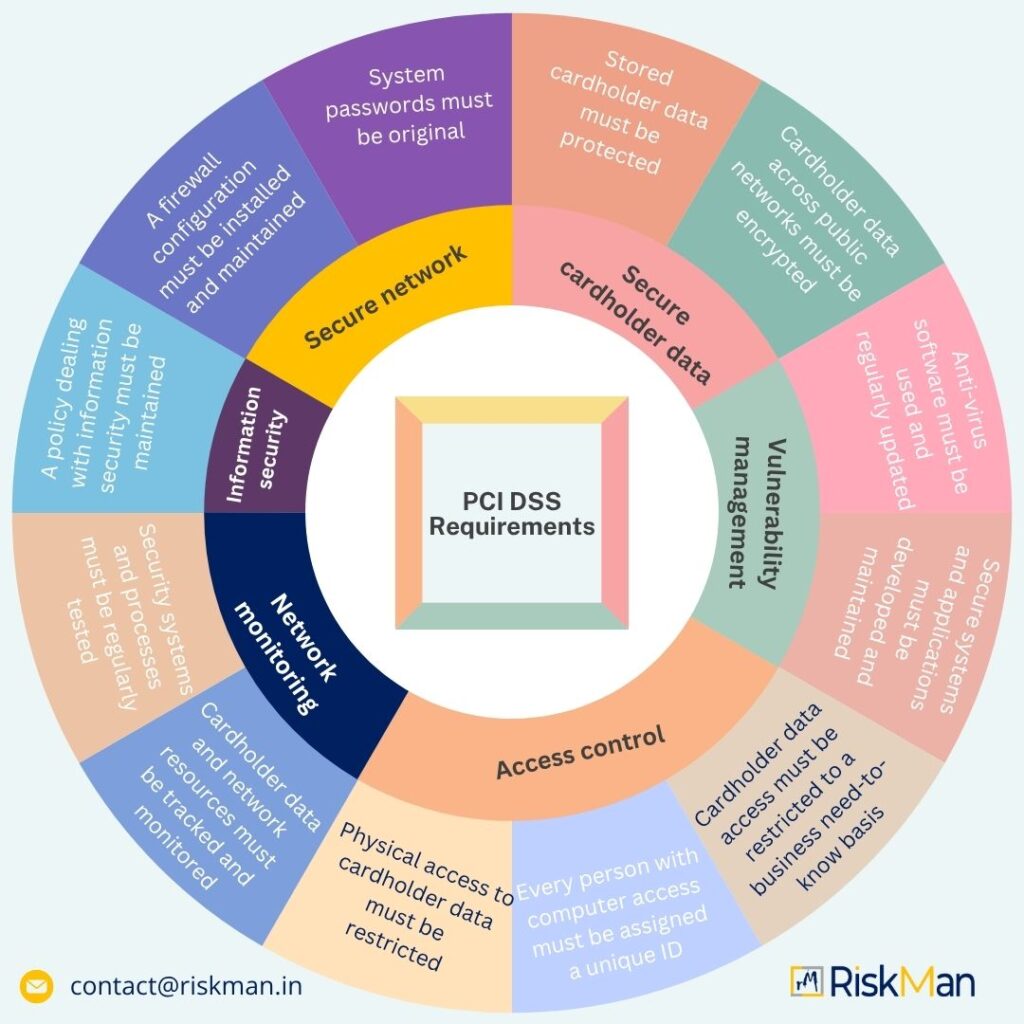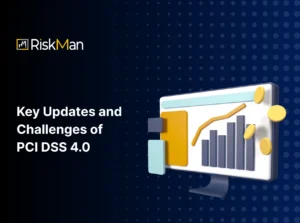
Businesses need to understand every factor related to the data security of the cardholder so that the cardholder’s data can be kept safe. The identification of these factors is a major step in the PCI DSS compliance process, and that is known as PCI DSS compliance scoping. It is possible to reduce the transaction risk and provide more security by reducing PCI DSS compliance scope. The usage of unnecessary cost and time can be reduced when companies are willing to find ways to reduce PCI DSS scope for compliance. This blog will provide the most effective ways that you can use to reduce scope so that your compliance process can become simple.
Table of Contents
Why Reduce PCI DSS Scope?
PCI DSS scope is the interconnected technology, process, or people with cardholder data security. In other words, the scope reflects the cardholder’s data transmission or the business process aspects. It is important to understand the scope of the business to make your PCI DSS compliance journey successful. All the system components of the business should be aligned with the PCI DSS standards to provide the utmost risk support.

The PCI DSS scoping process is also connected with understanding the cardholder data flow process within the system. This way, it is possible to make accurate predictions for securing the data. There are three ways PCI DSS scoping can work: connected to, in scope, and out of scope.
Network Segmentation
Network segmentation helps to keep only the PCI DSS compliance system in scope so that it is possible to reduce PCI DSS scope as well. It isolates the non-payment-related systems from the payment processing, storing, and transmission system.
Steps:
The following steps are mandatory for the network segmentation process:
- The usage of firewalls for segmenting the Cardholder Data Environment (CDE) network from other networks.
- The creation of separate VLANs so that the payment process can happen logically and systematically.
- Conduction of segmentation validation test to identify the effectiveness of the overall segmentation process.
- Finally, the role-based access implementation process is used for users along with the multi-factor authentication process.
Outcome:
This helps in improving security by limiting the potential surfaces of attack and decreasing the compliance cost and complexity by reducing the in-scope of system numbers.
Payment Processing Outsourcing
PCI scope reduces significantly as the number of sensitive cardholder data (CHD) handlers also gets reduced with third-party PCI DSS compliance.
Steps:
- The usage of a PCI DSS-compliant payment process is important as it helps to follow proper transaction and encryption security protocols.
- Furthermore, the usage of the payment gateway API is necessary as it limits the cardholder’s data exposure within the environment.
- Lastly, a regular review of third-party compliance is required to ensure the overall compliance process remains secure.
Outcome:
Organizations can reduce the infrastructural security risks and avoid payment of data storage needs with this process.
Tokenization
With the help of the tokenization process, cardholder data gets replaced with a token, and that increases security as the data can no longer be misused. This is possible because tokens, unlike cardholder data, do not fall under the PCI DSS requirements.
Steps:
- PCI-compliant tokenization solution usage is important to make sure that the process follows the PCI DSS standards.
- The tokens are further replaced with PAN numbers to increase system security.
- This tokenization system needs to be well-structured so that the original PANs can’t be retrieved from the systems, even by hackers.
Outcome:
The compliance process can be simplified, and no higher-level assessments will be required while reducing security risks.
Cardholder Data Encryption
Cardholder data can be protected and converted into an unreadable format with the help of encryption. The stored data can fall out of scope with the help of encrypted data within the systems.
Steps:
- Different types of encryption systems are required to be used during rest and transit. AES-256 encryption is used for data storage; TLS 1.2 is for transmission of data, and FIPS 140-2 or FIPS 140-3 for providing additional security.

- Implementation of impactful management practices, like the usage of hardware security modules for managing encryption keys, is important. Practices such as the separation of encrypted data with encryption key storage and periodic encryption key rotation are also necessary.
Outcome:
PCI DSS can be removed with proper encryption, and which reduces data breach risks regarding payment data.
Unnecessary Cardholder Data Storage Elimination
As per PCI DSS standards, it is prohibited to store sensitive authentication data unless the user supports issuing services or an issuer. The PCI scope increases when companies unknowingly store cardholder data.
Steps:
- The usage of PCI data discovery tools is important for conducting a thorough scan of cardholder data.
- The implementation of data retention policies for defining cardholder data retention periods is important.
- Proper cardholder data disposal for ensuring data security is of utmost importance.
Outcome:
Overall, it is possible to reduce liability during data breaches and to eliminate stored CHD-related compliance requirements.
PCI-Validated P2PE Solution Adoption
Payment card data can be encrypted during the entry point with the help of a Point-to-Point Encryption (P2PE). This means the network will never be able to process any raw cardholder data and reduce PCI DSS scope.
Steps:
- It is necessary to ensure that the payment solutions you are providing are validated by the PCI Security Standards Council.
- It is also necessary to ensure there is no decryption during the payment process.
Outcome:
The result of this process is that the compliance complexity reduces significantly. The requirements of the system also get reduced from SAQ D to SAQ P2PE which also helps to reduce PCI DSS scope.
Access Restriction
Cardholder data access restrictions can reduce security risk and the system in scope.
Steps:
- Role-based access control is required to ensure unauthorized personnel do not access the system.
- Continuous monitoring of the information is also necessary to understand which individuals are accessing the information. It is possible to block unauthorized activity with the help of continuous monitoring.
- The conduction of quarterly audits ensures that unnecessary privileges are revoked, and no unauthorized activities are happening.
Outcome:
The number of in-scope systems and employees gets reduced along with inside security risks.
Conclusion
The reduction of the PCI DSS compliance scope is possible with the help of all the above-mentioned strategies. Any business will be able to reduce compliance cost, increase data security, and simplify the auditing process if they are able to reduce PCI DSS scope. These strategies are not only beneficial for small businesses but also for any large enterprises that are dealing with a massive amount of data. The overall complex payment environment will be reduced with their help. The scope reduction will decrease the security risk while also decreasing the additional operational burden. For more such insights on PCI DSS follow the latest blogs of RiskMan Consulting or you can visit our LinkedIn page.


Write A Comment